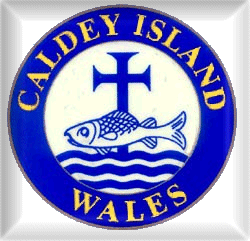

|
Gathered from Various Sources
|
|
Another area of research that will contribute significantly to the debate about seasonality is the work on Mesolithic diet by Rick Schulting and Mike Richards, postgraduates at Reading and Oxford universities. Using a technique known as stable isotope analysis, they are looking in detail at both human and animal skeletal remains for evidence of the varying amounts of terrestrial and marine resources in the diet, measuring rates of protein uptake among other things. Early results are that, perhaps unsurprisingly, a great deal of sea-fish was eaten on Mesolithic Colonsay, and also on Caldey Island off the South Wales coast at a period thought to be Mesolithic. By contrast, Mesolithic remains from inland sites such as Thatcham in Berkshire or Aveline's Hole in Somerset suggest very high meat diets with little contribution from fish - even freshwater fish. Interestingly, work on Neolithic bones suggests that no seafood was eaten at all, either on the coast or inland. Overall, however, this work is set to have a dramatic impact on the accepted models of Mesolithic seasonal movement and resource exploitation. [Excerpt taken from document by Rob Young © Council for British
Archaeology, 1998]
|
| Caldey Island, known previously
as Caldea alias insula, Insula Caldei, Caldei, Kaldey, Caldey, Calday,
or Chalde Isle. "Cold Isle," from O.N. kald, "cold" and O.N.
-ey,
"island." The Welsh knew this island as Ynys Pyr prior to the arrival
of the Norse.
Viking Answer Lady: More on the Viking influence in Wales go Here |
|
Webpage © 1995-2003 Isle of Standauffish |